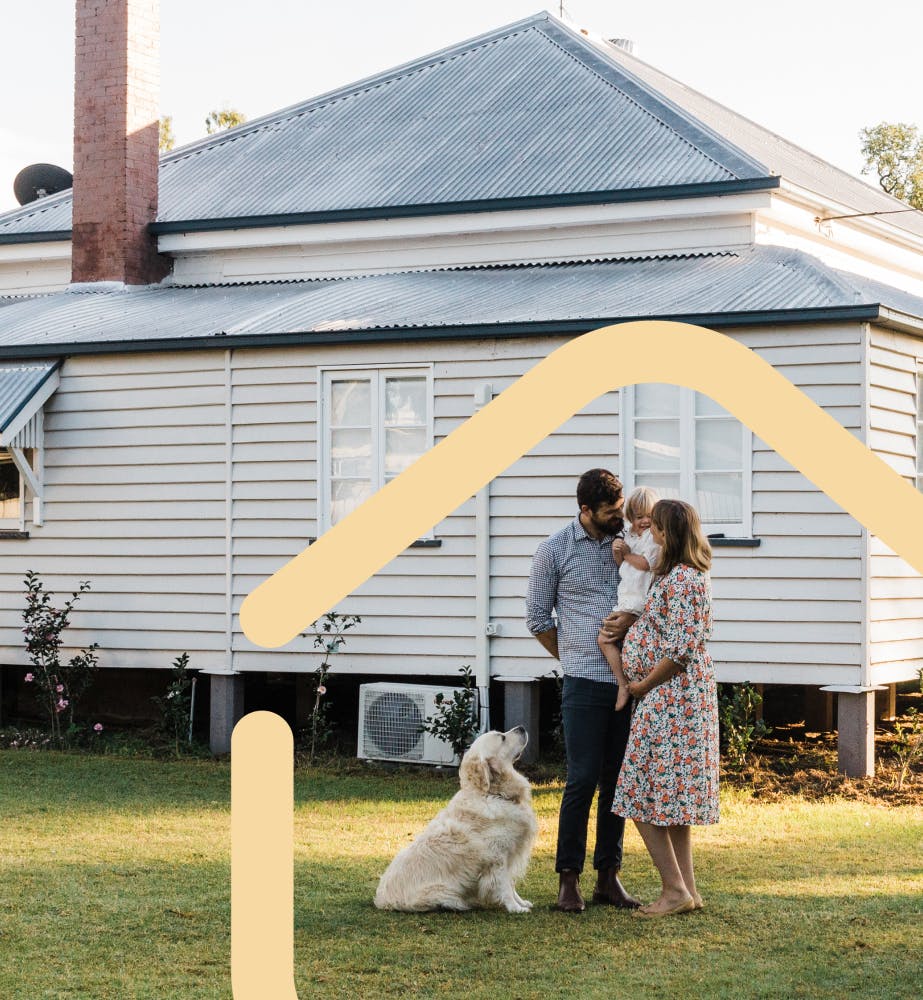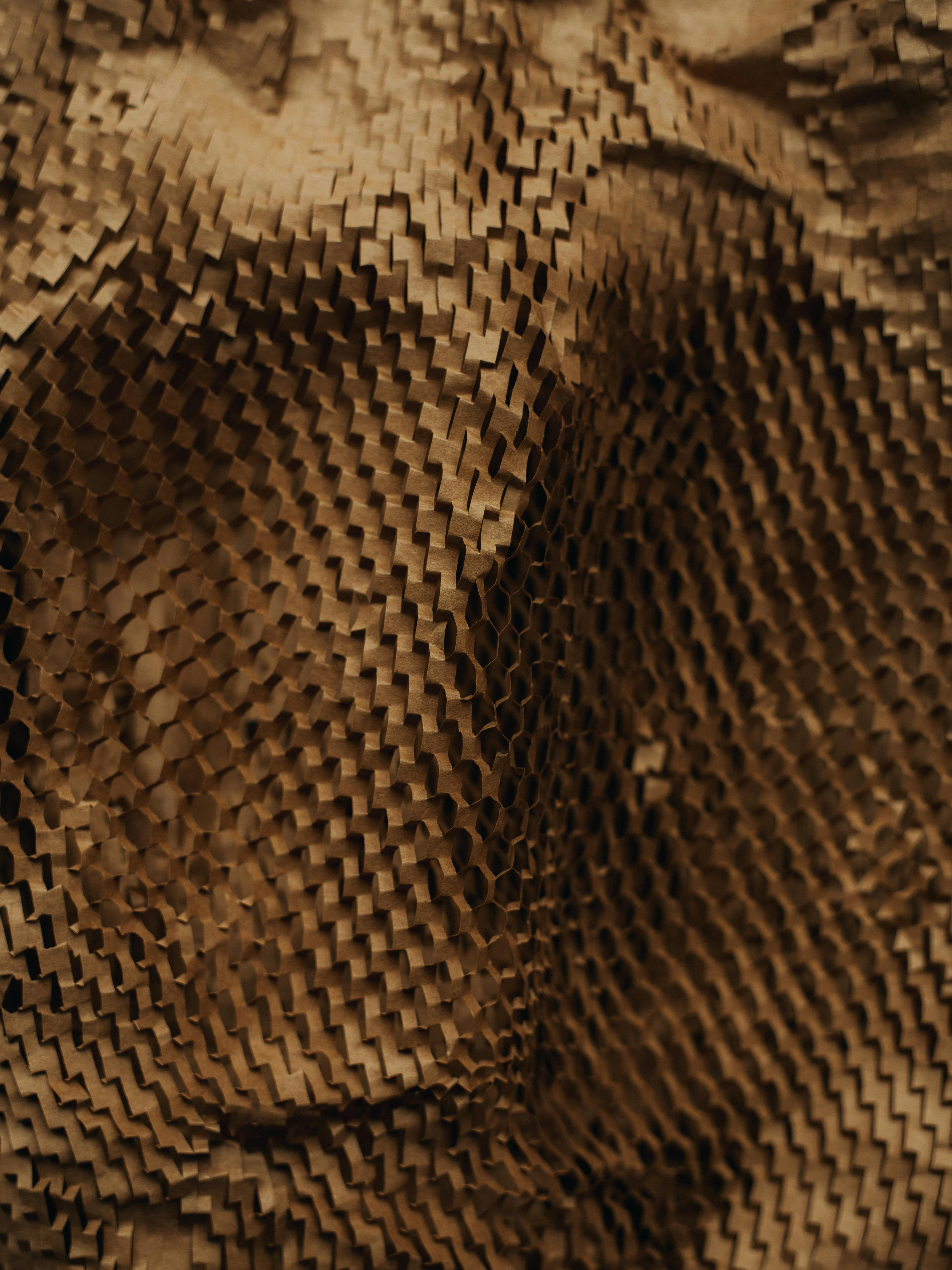2019 has seen a huge focus on the sustainability of packaging. So, with Christmas around the corner, and the inevitable deluge of gifts and wrapping that it brings, we thought it would be a good time to summarise some of the conversations we’ve been having and offer some perspective on a few common misconceptions.
1. Packing is the most urgent environmental problem to solve. There’s no doubt that we use too much of it, and that a large percentage ends up in the wrong places (landfill, or even worse, the wider environment) with some devastating effects. But packaging is often only a fraction of the environmental impact of the product which it protects. In the case of most food and grocery products, for example, it typically makes up little more than 2-12% of a producer’s carbon footprint.
2. It’s always best to avoid packaging. We certainly need to reduce packaging where we can. But there are plenty of occasions where well-chosen packaging provides an essential service, such as preventing damage in transit or prolonging shelf life (esp. food). For example, the much-maligned plastic wrap on cucumbers, is estimated to triple the product’s shelf life.
3. Natural materials are better. We tend to assume that cotton bags, paper cups and wooden cutlery are automatically better for the environment than their plastic equivalents. However, we need to make sure that those materials are coming from sustainable sources (e.g. FSC timber) if this is to hold true. Even when they do, there’s a chance that the emissions from their production might be higher than their synthetic alternatives.
4. We should make all single use items compostable. Compostable materials are likely to be a big part of packaging’s sustainable future. However, their positive impact is contingent on them being composted at end of life – and industrial composting facilities are currently few and far between in Australia. We also shouldn’t forget that cultivating crops to turn into bioplastics competes with food cultivation, further straining already scarce land and water resources. Compostability can’t be an excuse to carry on with unnecessary single-use items.
5. The oceans are full of plastic cups, bags and bottles. You don’t have to look far to find alarming images of plastic packaging islands floating around the world. But there are big sources of plastic that often get neglected in conversations around the dinner table. For example, while consumer waste plastics dominate our rivers, lost and discarded fishing gear is thought to be the single biggest source of plastic pollution in the marine environment. Tackling these sources therefore must be a big part of the solution, too.
6. Solving the plastic problem is the job of government and big business. While regulation has a huge role, and companies must be held to account, we must all also take personal responsibility. Buying food more regularly and in lower quantities – so we don’t need to rely on packaging to keep it fresh – and avoiding excessive packaging are a good start. But it’s also vital that we proactively buy products and packaging using recycled materials. Without a market for the outputs from recycling, there will never be a solution to our packaging problems.
These issues, and many others besides, just go to show that packaging is a hugely complex, and often confusing issue, even for sustainability professionals. So perhaps the biggest lesson we – sustainability professionals – have from 2019 is that we all need to do better when it comes to communicating what “sustainable packaging” really means.
Need help developing your approach to sustainable packaging? Contact Lloyd Parker to find out how we can help (lloyd.parker@edgeimpact.global)

CRJO partnered with Edge to develop a toolkit for retrofitting homes, boosting bushfire resilience for homeowners, councils, and industry.







